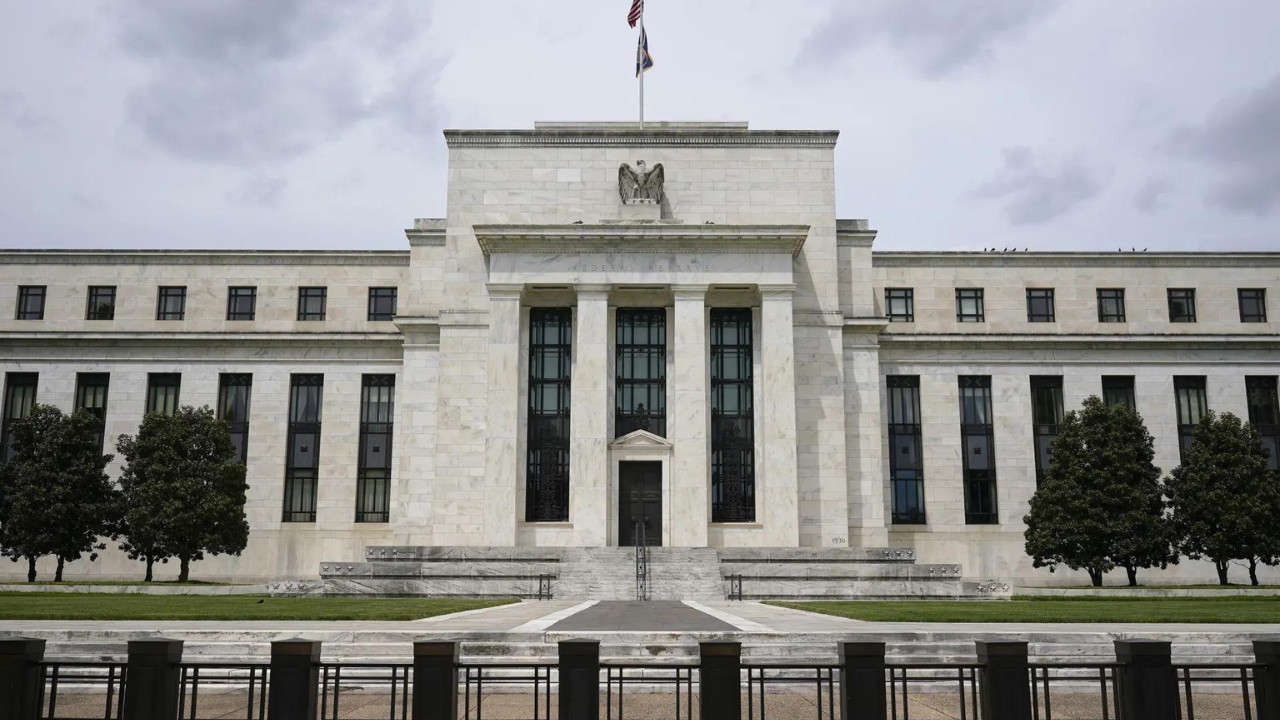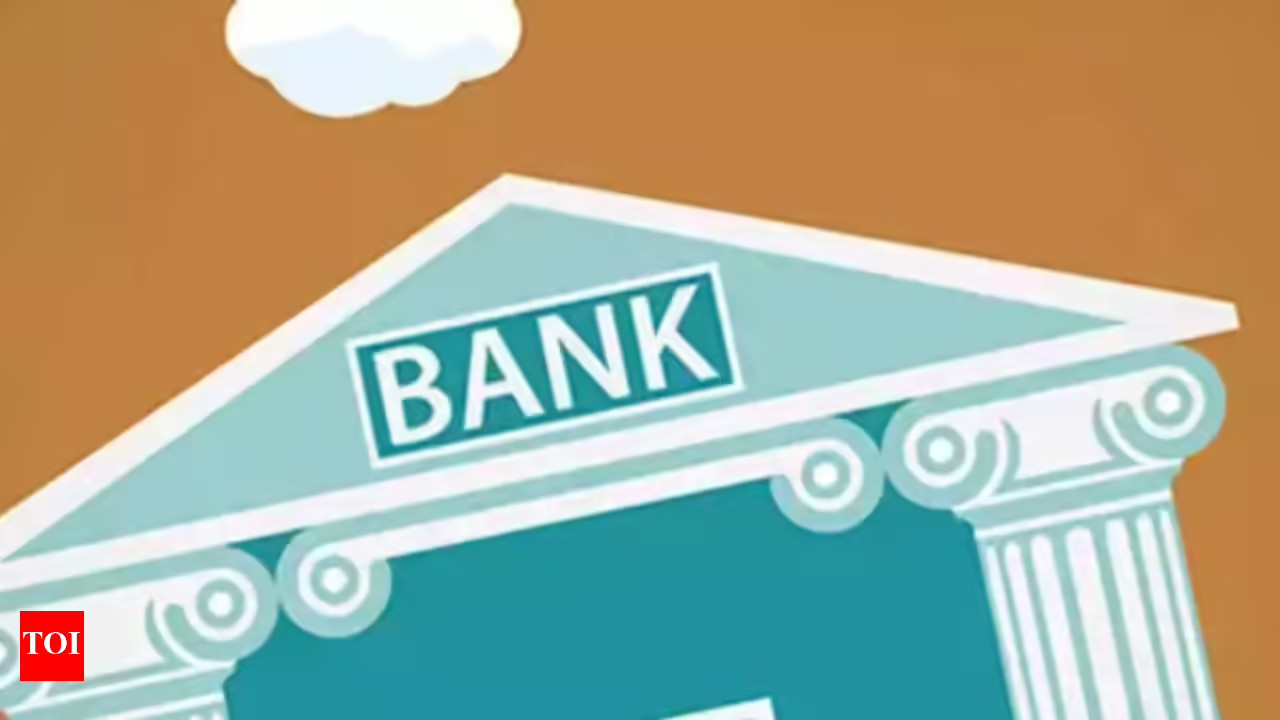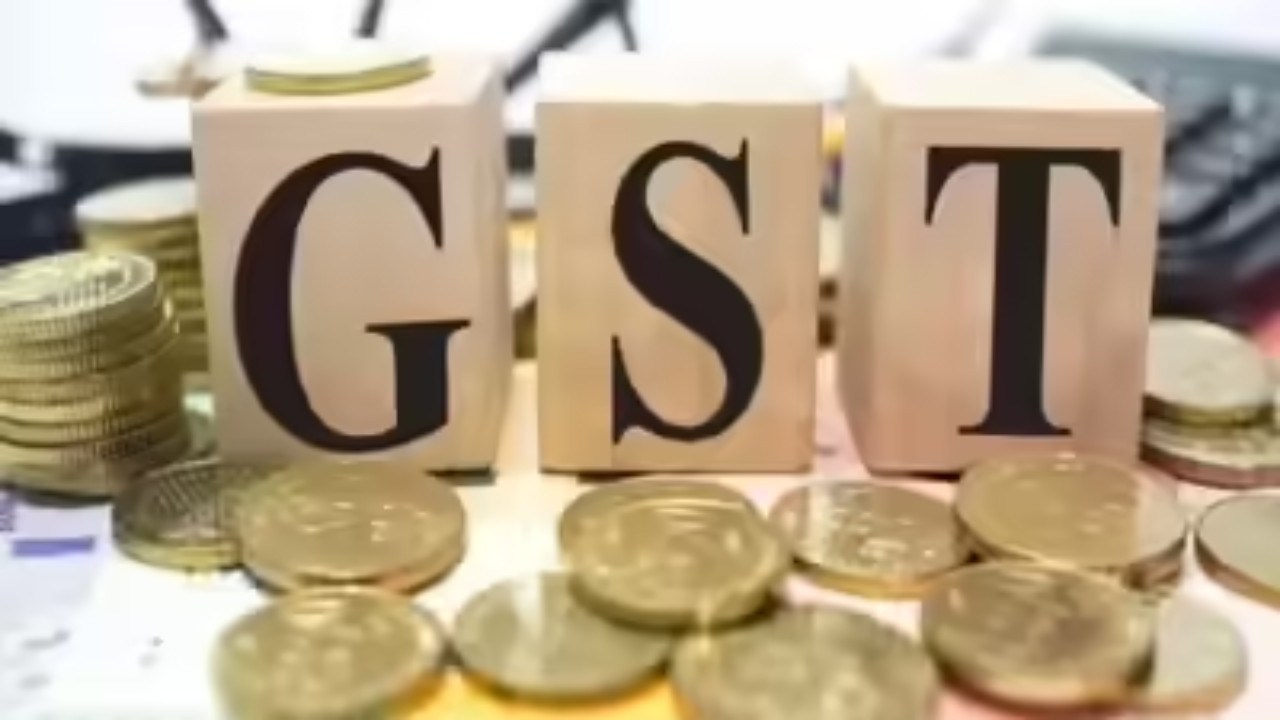Federal Reserve officials expressed concerns over upside inflation risks outweighing employment worries, amidst disagreements on Trump’s tariffs’ economic impact. Minutes revealed divisions within the Federal Open Market Committee, with some members dissenting due to concerns about economic weakening and potential labor market damage. The labor market’s performance will likely determine the Fed’s decision on interest rate cuts in September.
The Fed’s Tightrope Walk: Inflation vs. Jobs in a Trump-Tariffed World
The air at the Federal Reserve’s recent policy meeting? Thick with debate, disagreement, and a hefty dose of economic uncertainty. Forget a smooth consensus; the minutes revealed a central bank grappling with two very powerful, very opposing forces: stubbornly high inflation and the lingering question of how Trump-era tariffs would affect the economy. It’s a high-stakes tightrope walk, and the Fed is trying to maintain its balance.
So, what exactly had everyone at the central bank so divided? Let’s unpack it.
The core of the issue was this: which poses the greater threat? Is it inflation, still lurking above the Fed’s 2% target, ready to pounce and erode purchasing power? Or is it the risk of sending the economy into a downturn by raising interest rates too aggressively to combat that inflation, potentially sacrificing jobs in the process?
The discussion, described in detail in the meeting’s official minutes, highlighted a deep split. Some participants emphasized the persistent nature of inflation, pointing to data that suggested underlying price pressures were proving more resilient than initially anticipated. They argued for maintaining a hawkish stance, suggesting further rate hikes might be necessary to finally put the inflation genie back in the bottle.

Others, however, were more concerned about the potential for overtightening. They worried that the cumulative effect of previous rate hikes was already working its way through the economy and that pushing rates even higher could trigger a recession. They advocated for a more cautious approach, preferring to wait and see how the economy responded to the existing monetary policy before making further moves.
Adding another layer of complexity to the mix was the elephant in the room: the potential resurgence of trade tariffs under a possible second Trump administration. The minutes revealed that the potential economic effects of increased tariffs were also heavily debated. This included concerns about how new tariffs could disrupt supply chains, increase costs for businesses and consumers, and ultimately add to inflationary pressures – the very thing the Fed is trying to fight.
The impact of Trump’s tariffs is a major question mark. Some economists argue that tariffs are essentially a tax on consumers, as businesses pass on the increased costs of imported goods. Others believe that tariffs can protect domestic industries and create jobs. It’s a debate with no easy answers, and the Fed is clearly trying to prepare for a range of possible outcomes.
This isn’t just an academic exercise. The Fed’s decisions have real-world consequences for businesses, consumers, and the global economy. Higher interest rates mean higher borrowing costs for businesses, which can lead to slower investment and hiring. For consumers, it means more expensive mortgages, car loans, and credit card debt.
Understanding Inflation’s Impact is crucial for navigating these economic waters.
The minutes offered a glimpse into the immense pressure the Fed is under. They are navigating a complex situation with imperfect information, trying to balance competing risks, and facing a future clouded by political and economic uncertainty. There’s no easy playbook for this. The challenge remains the management of persistent inflation while mitigating recession risks, while also factoring in potential trade policy changes.
One thing is clear: the Fed’s job is far from over. It will be fascinating to watch how the central bank navigates these turbulent waters in the months ahead and to observe how the looming threat of renewed tariffs influences their strategy. The stakes are high, and the world is watching.







